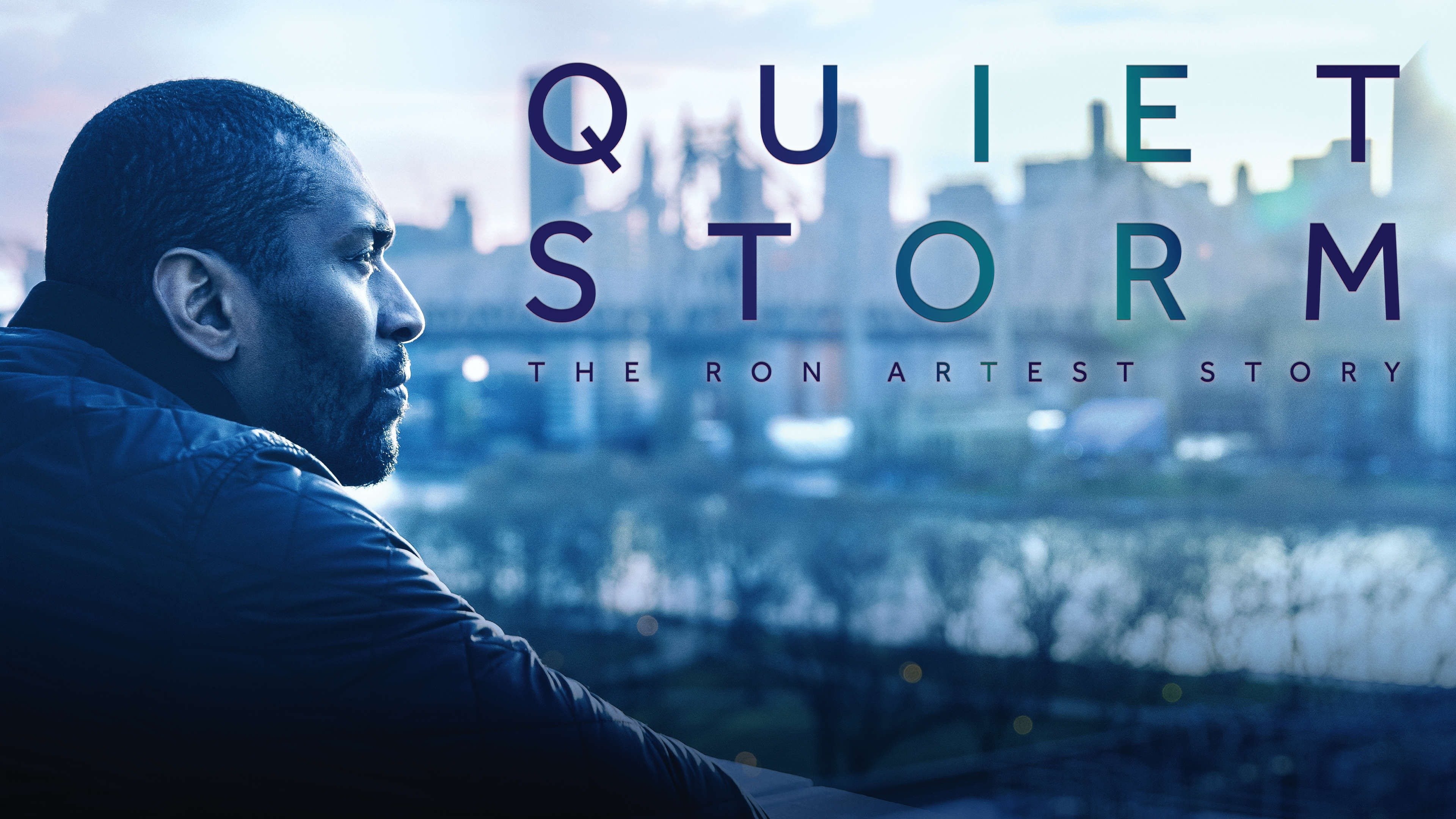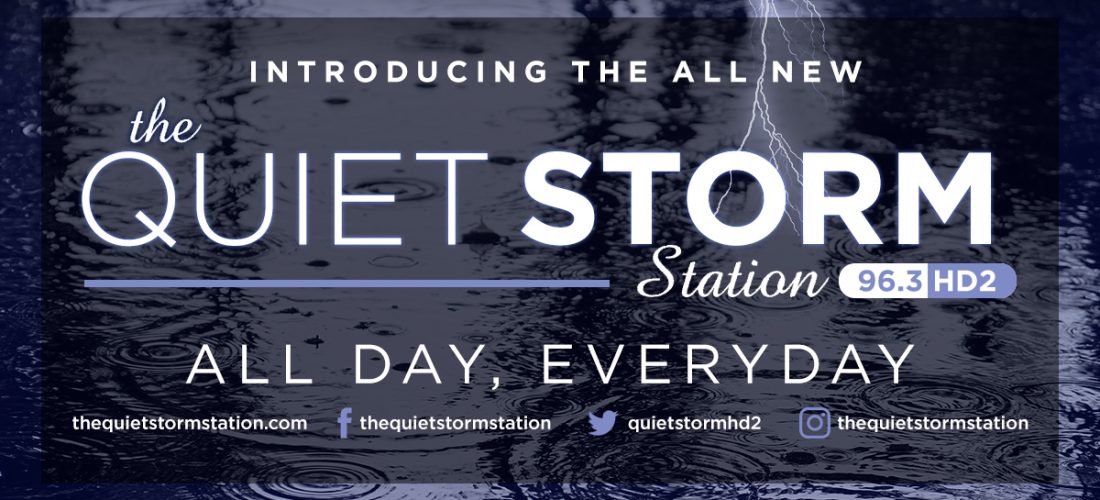
Melvin Lindsey died of AIDS in 1992, but the "Quiet Storm" format he originated remains a staple in radio programming today, almost 30 years after its inception. with a core black, urban listenership adopted a similar format for its graveyard slot. The format was an immediate success, becoming so popular that within a few years, virtually every station in the U.S. "The Quiet Storm" was four hours of melodically soulful music that provided an intimate, laid-back mood tailor-made for late-night listening, and that was the key to its tremendous appeal among adult audiences. For many, when Robinson's trademark tenor voice wafted out over the airwaves, it signalled a welcome end to the stresses of the workday. Founder of Radio One Cathy Hughes, then WHUR station manager, heard of the show's positive reception and responded by giving Lindsey his own show.Īfter a time, the strains of "A Quiet Storm," Robinson's popular recording, became Lindsey's theme music and introduced his time slot every night thereafter. The response from listeners was positive, and Lindsey stayed on. Melvin Lindsey first deejayed for WHUR in 1976 as a stand-in for an employee who failed to report for work because of violent storm that caused power outages and knocked some area radio stations off the air. Today, quiet storm is a broad term given to an array of mellow, slow-groove contemporary R&B, soul and smooth jazz offerings of the type featured on Melvin Lindsey's WHUR program, and on myriad other stations that followed his lead - most notably KBLX-FM in San Francisco, which in 1979 became the first radio station in the U.S. At its best, the style features an urban sophistication and subdued soulfulness. Quiet storm music is similar to soft rock and adult contemporary styles, but it is more closely and unmistakably rooted in R&B and soul music, often with jazz extensions.

It can be soothingly pensive, or express romantic sentiment.

Encompassing a mix of African American music genres, quiet storm music is distinguished by understated, mellow dynamics and relaxed tempos and rhythms.

Smokey Robinson's like-titled hit single, released in 1975 as the title track to his third solo album, lent its name to the format and to the radio program that introduced it to the public. Quiet storm is a late-night radio format, featuring soulful slow jams, pioneered in the mid-1970s by then-station-intern Melvin Lindsey at WHUR-FM, in Washington, D.C.


 0 kommentar(er)
0 kommentar(er)
